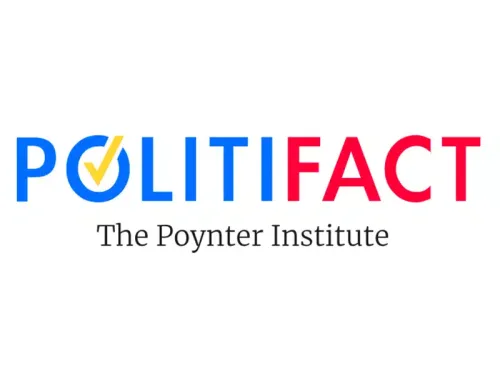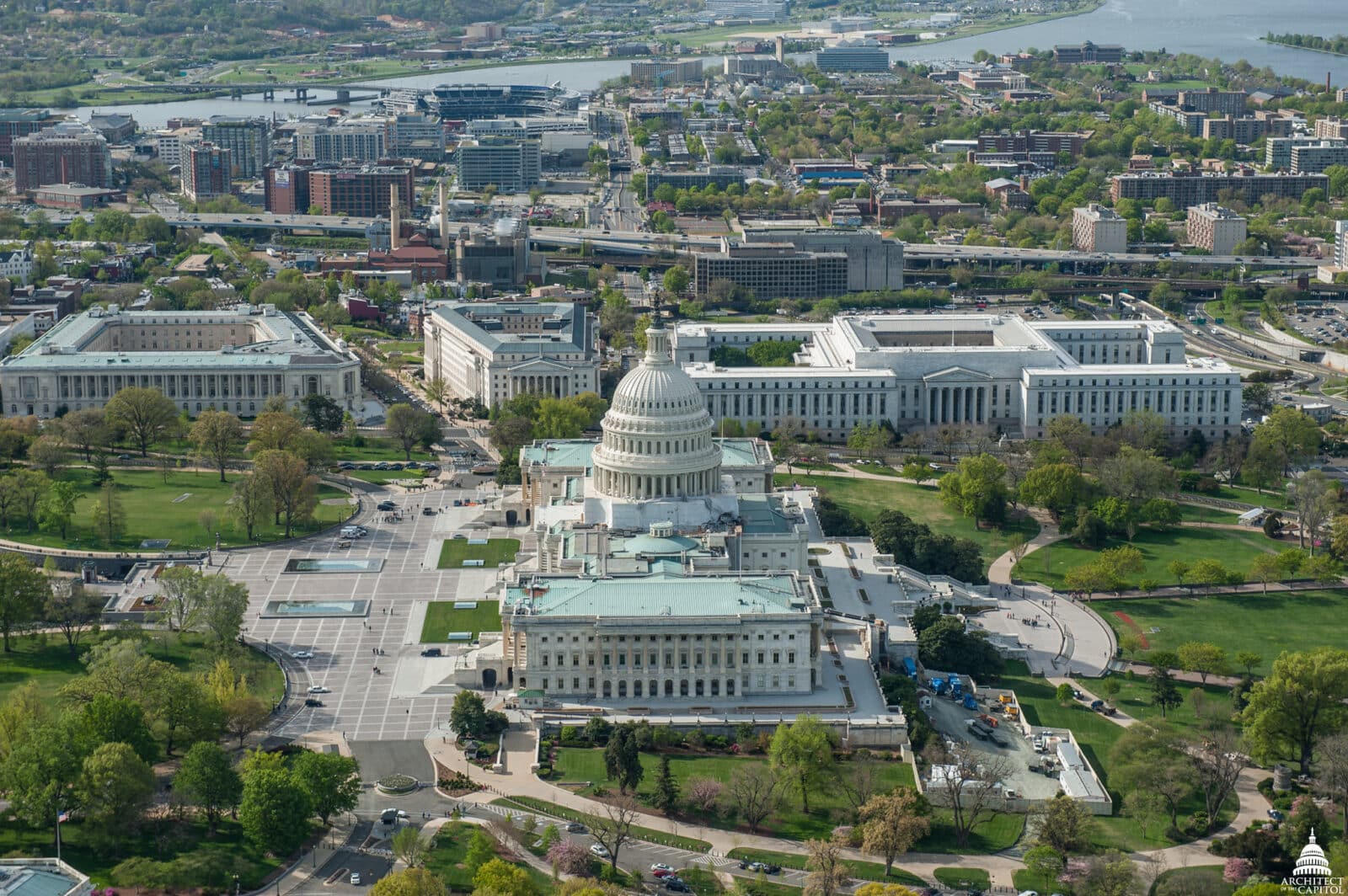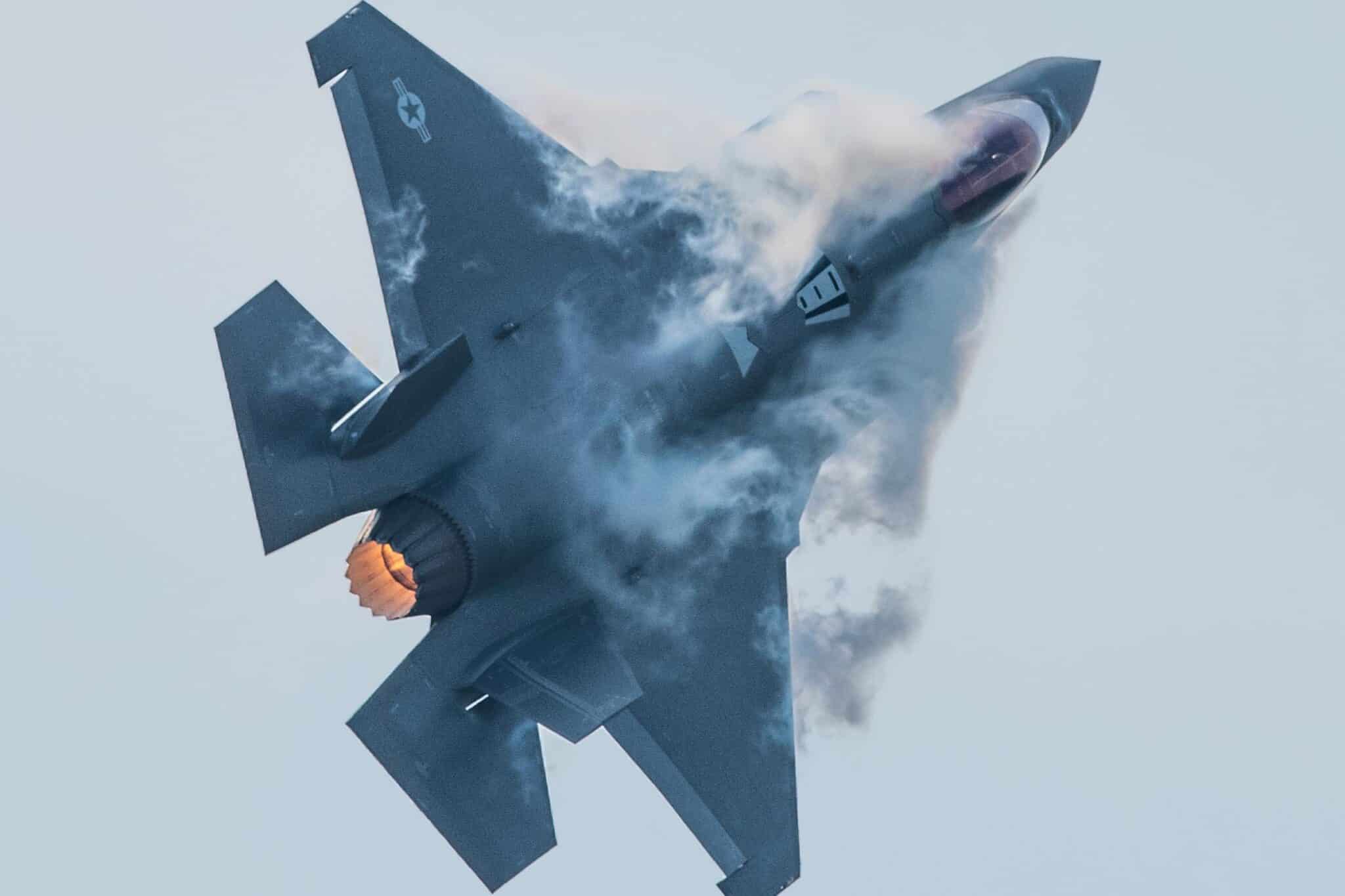Earlier this year President Donald Trump joined both parties in Congress to toss all provisions to restrain deficit spending.
They got together and agreed to give big tax cuts and simultaneously to increase spending. “Congress solved their partisan differences by spending other people’s money,” Peter Baker, of the New York Times, explained.
Americans were told, despite all evidence to the contrary, that the tax cuts would pay for themselves. And “leaders” from both parties universally ignored bell-weather signals from the U.S. Treasury Department that interest rates would rise on the nation’s $21+ trillion national debt.
Sen. Rand Paul, a libertarian fiscal hawk, explained at the time… “When the Democrats are in power, Republicans appear to be the conservative party. But when Republicans are in power, it seems there is no conservative party.”
Add it all together and we weren’t surprised to read the end-of-year report from Treasury that says the nation’s budget deficit increased 17-percent above projections, to $779 billion.
As Taxpayers for Common Sense explain:
So the country now finds itself deficit spending at a close-to-unprecedented level in a time of economic growth. That, in turn has contributed to the largest debt as a percentage of GDP since shortly after World War II. As a result, the costs of our debt service are slated to be more than we will spend on the Pentagon by 2028. In FY2018, interest payments set the taxpayers back $316 billion, or 7.6 percent of federal spending. In 2019 the corresponding numbers will be $390 billion/8.7 percent. In 2022: $643 billion/12+ percent.
With record deficit spending and precisely zero leadership, there’s nothing to slow the steady upward march of the national debt. Because neither party can summon the courage to put the brakes on spending, nor survive by calling for the higher tax revenues needed to cover it…. The only question remaining is who will be in charge when the fiscal roof caves in.












Get Social